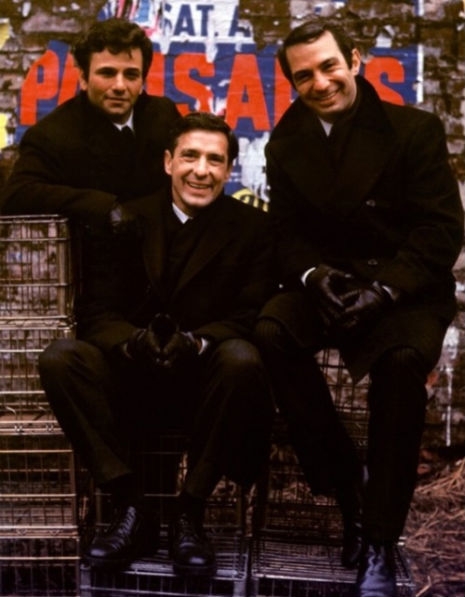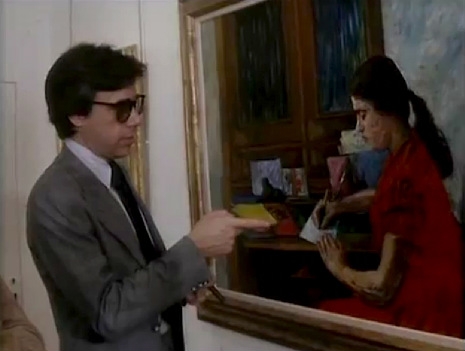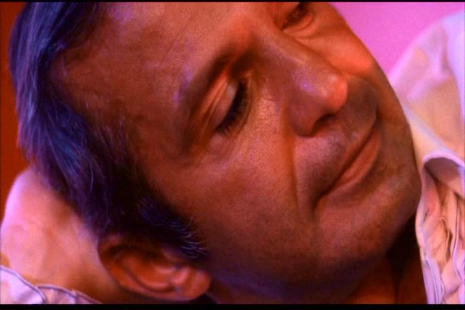
Invited to discuss their current film Husbands on the Dick Cavett Show in 1970, the three amigos John Cassavetes, Peter Falk and Ben Gazzara spend the first ten minutes horsing around, amusing each other and the audience, partly because Cavett jokingly described them as “animals” in his introduction. It takes around twelve minutes of such antics before director Cassavetes explains Husbands is a very serious picture about death.
Made over a two year period, Husbands tells the compelling story of three middle-aged men (Falk, Cassavetes, and Gazzara), re-examining their lives after the death of a close friend. After bar-hopping and long subway conversations, the trio decide to take a trip to London, in the hope of finding something long lost, and possibly never possessed.
It’s a love it or loathe it movie and depending on your point of view it’s brilliant, self-indulgent, funny, boring, frustrating, the best or the worst. When I first saw it, I was blown-away. Here was something more like a documentary, centered around three of the greatest improvised performances put on film. I was breathless at their audacity and talent.
Cassavetes wrote the script after improvising scenes with Falk and Gazzara. Falk later described his experience of working with Cassavetes as a director “shooting an actor when he might be unaware the camera was running.”
“You never knew when the camera might be going. And it was never: ‘Stop. Cut. Start again.’ John would walk in the middle of a scene and talk, and though you didn’t realize it, the camera kept going. So I never knew what the hell he was doing. But he ultimately made me, and I think every actor, less self-conscious, less aware of the camera than anybody I’ve ever worked with.”
It’s an amazing piece of cinema, an uncensored slice of life in all its humor, pain, emotion, charm and endless subterfuge.
Back to The Dick Cavett Show: the host does his best to keep the whole interview going (along with a comedy turn from the house band), but after a series of pratfalls, Cavett leaves the set, only for the audience to call him back. It is with Cavett’s return, around 20-minutes in, that the interview finally kicks-off. Falk says the three constantly fought during the making of the film. Then Gazzara talks about the spark between the three actors, before going on to compare Cassavetes with Orson Welles.
Inspired by such adulation, Cassavetes opens-up:
“I happen to think Husbands is a very fine film that has to do with what’s happening today from our point of view, you know, three guys that have lived part of their lives and don’t have their youth to look forward to.”
It takes a while to get there, but if you can sit through the testosterone-fueled antics of three men horsing around, then its worth it.
H/T Tom Ruddock











